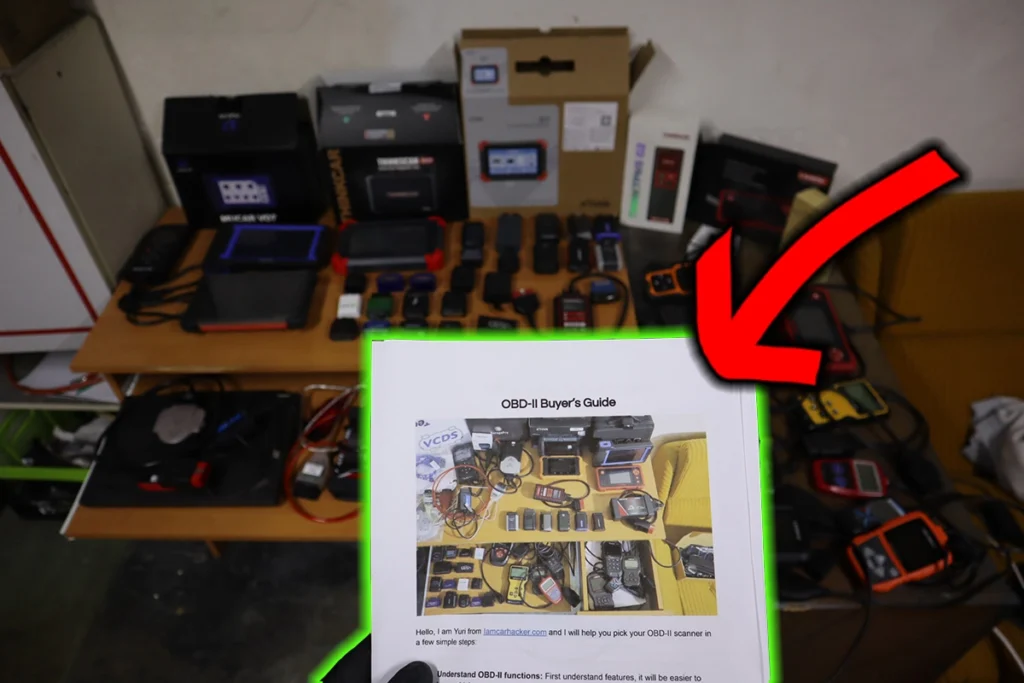The P2557: Engine Coolant Level Sensor/Switch Circuit Range/Performance refers to an issue in which the engine coolant level sensor or switch circuit is not functioning within its expected range or there are performance inconsistencies. This may result from a faulty sensor, incorrect readings due to wiring problems, or a malfunction in the circuit that could affect engine cooling and lead to overheating if unresolved.
P2557 – Quick Overview
| Code | Information |
|---|---|
| Meaning | P2557: Engine Coolant Level Sensor/Switch Circuit Range/Performance |
| Is it serious? | Yes, as incorrect readings from the coolant level sensor can lead to overheating if the coolant level is too low, causing potential engine damage. |
| Possible causes | – Range or performance issues with the engine coolant level sensor/switch circuit – Faulty engine coolant level sensor/switch – Wiring or connector problems |
| How to diagnose? | – Test the range and performance of the engine coolant level sensor/switch circuit – Inspect and test the engine coolant level sensor/switch – Check wiring and connectors – Replace faulty components if needed |
P2557 Meaning
The P2557: Engine Coolant Level Sensor/Switch Circuit Range/Performance code indicates that there is a problem with the range or performance of the coolant level sensor or switch. This means that the readings from the sensor are not matching expected values, which could lead to inaccurate warnings about coolant levels. If the sensor cannot properly detect low coolant, it may cause the engine to overheat due to insufficient cooling, resulting in potential damage.
Step-by-step diagnostic guide
| Action | Description | Tools Needed |
|---|---|---|
| Check for Other Codes | Use an OBD-II scanner to determine if there are any other related codes present that might provide additional context or point to related system issues. | OBD-II Scanner |
| Test Range and Performance of the Coolant Level Sensor/Switch Circuit | Use a multimeter to measure the voltage or resistance of the coolant level sensor. Compare these values to the manufacturer specifications to determine if the sensor is working within its expected range. | Multimeter |
| Inspect the Engine Coolant Level Sensor/Switch | Visually inspect the coolant level sensor for signs of damage, corrosion, or improper installation. Check that the sensor is properly fitted and that there is no visible debris that could interfere with its operation. | Flashlight, Safety Gloves |
| Check Wiring and Connectors | Inspect all wiring and connectors connected to the coolant level sensor. Look for any signs of fraying, loose connections, or corrosion that could lead to poor signal performance. Ensure connectors are secure. | Flashlight, Multimeter |
| Repair or Replace Faulty Wiring/Connectors | Repair or replace any wiring or connectors that are found to be faulty during the inspection. Ensure all connections are tight and free from corrosion to prevent erratic sensor readings. | Basic Tools, Replacement Parts |
| Replace Faulty Engine Coolant Level Sensor/Switch | If the sensor fails to operate within its expected range after testing, replace it with a new one. This ensures accurate monitoring of the coolant level. | Replacement Coolant Level Sensor/Switch |
| Clear the Code and Test Drive | After making necessary repairs, use an OBD-II scanner to clear the code. Start the engine and let it run, ensuring that the coolant level warning system is functioning correctly and that no error codes return. | OBD-II Scanner, Vehicle Owner’s Manual |
| Recheck for Codes | Re-scan the vehicle after running the engine to verify that the P2557 code has been resolved. If the code persists, more detailed diagnostics may be required to pinpoint underlying issues. | OBD-II Scanner |
Free PDF: How to choose OBD2 scanner

I’ve made you a free PDF to choose the OBD2 scanner in 5 minutes.
✅ Which OBD2 scanner is best?
✅ Which type should you get (DIY, Pro, Hobby)
✅ What is the best scanner for the exact brand/feature (e.g best for BMW)
✅ How to get a Bi-Directional tool for as cheap as $40
✅ Discount coupons for scanners
PDF is 100% free and it is designed to help you pick a scanner in less than a few minutes! Not a boring 50-page guide.
Just tell me where to send it.

Hi, I am Juraj “Yuri” Lukacko. I got frustrated by unhelpful and scammy mechanics, so I decided to learn everything about car diagnostics myself. I test dozens of new car diagnostic tools every month along with learning new strategies to fix and customize cars. About Juraj Lukacko (Yuri)